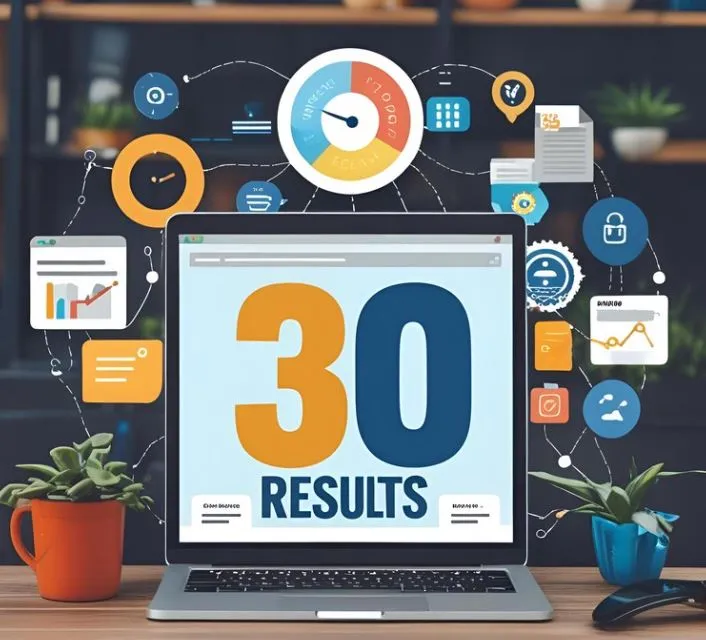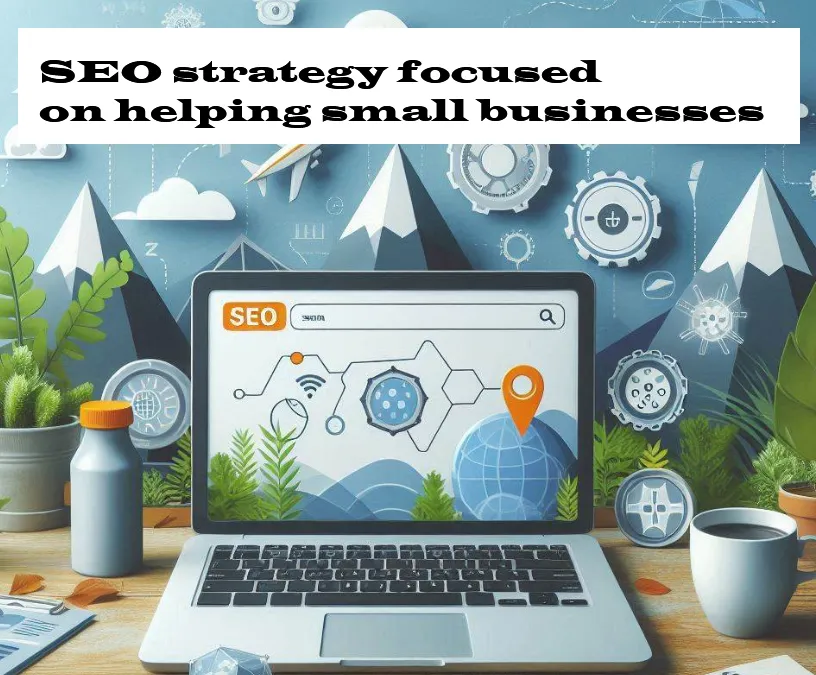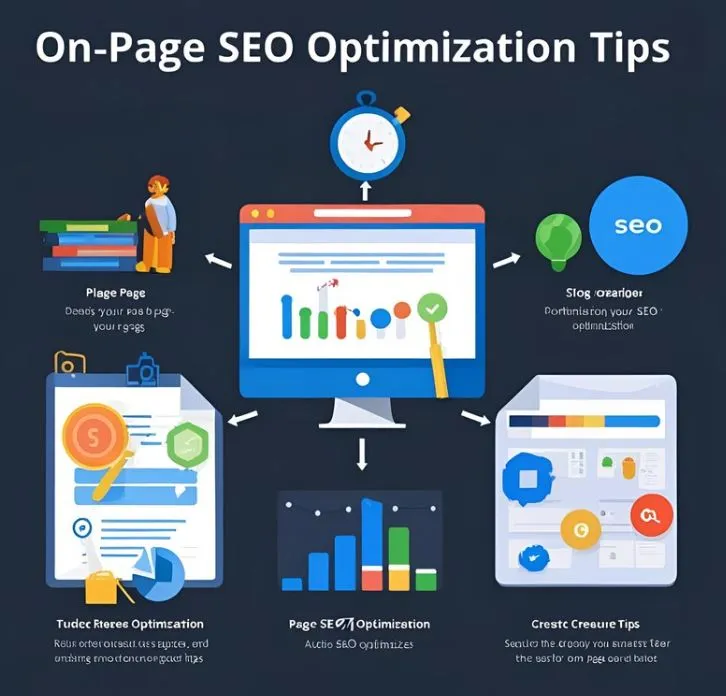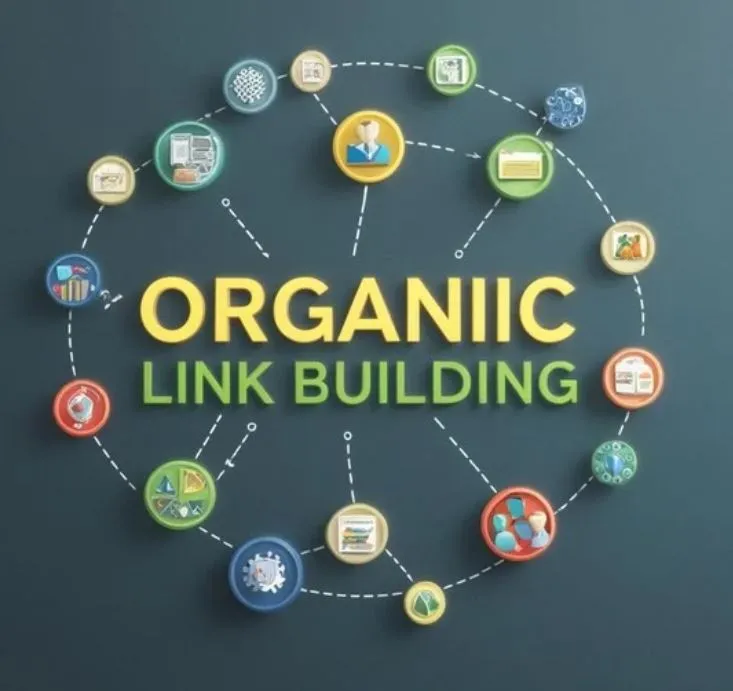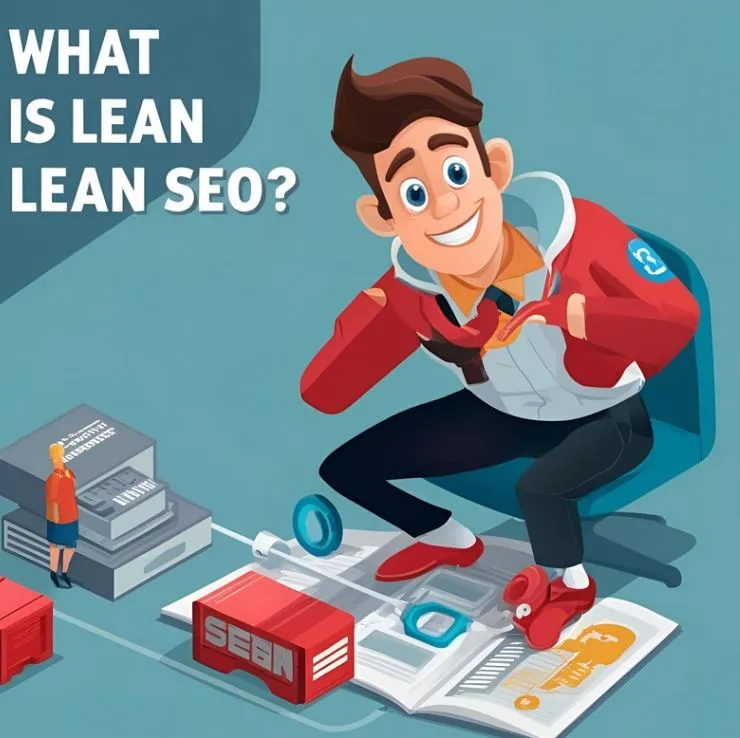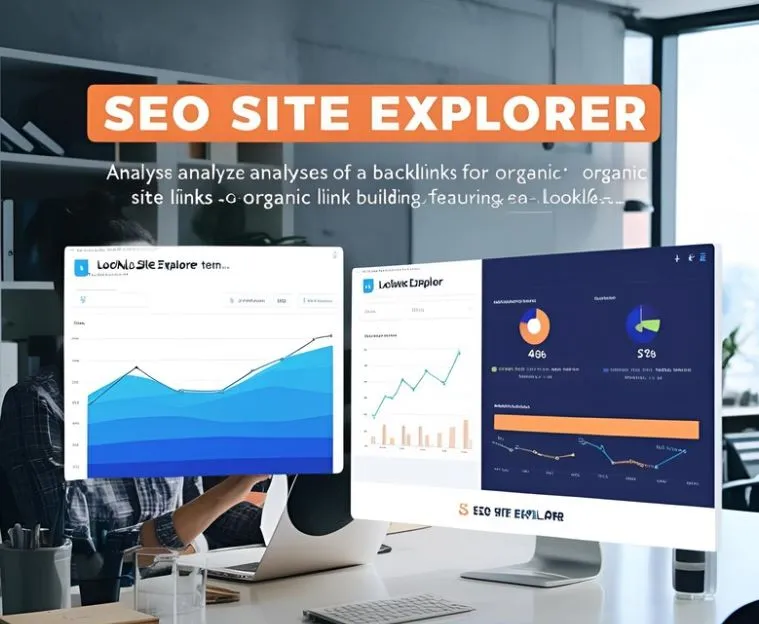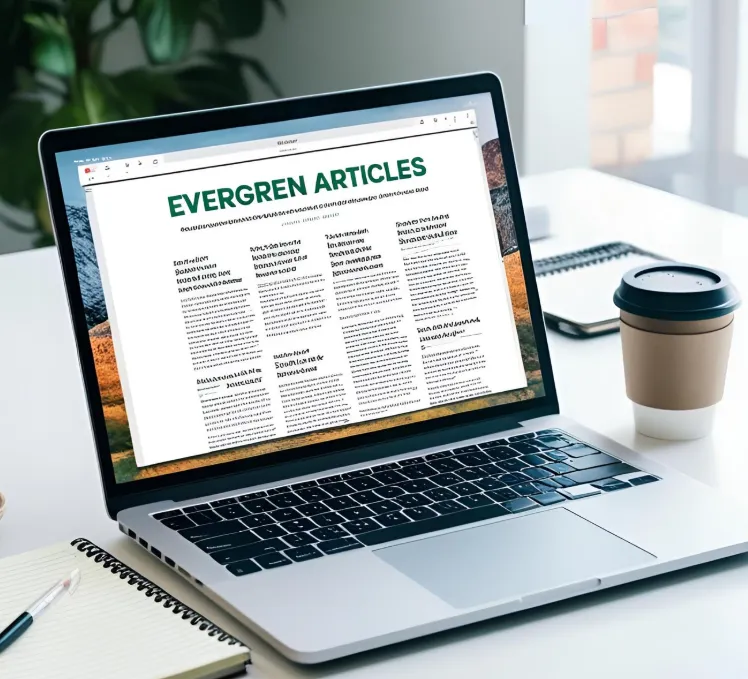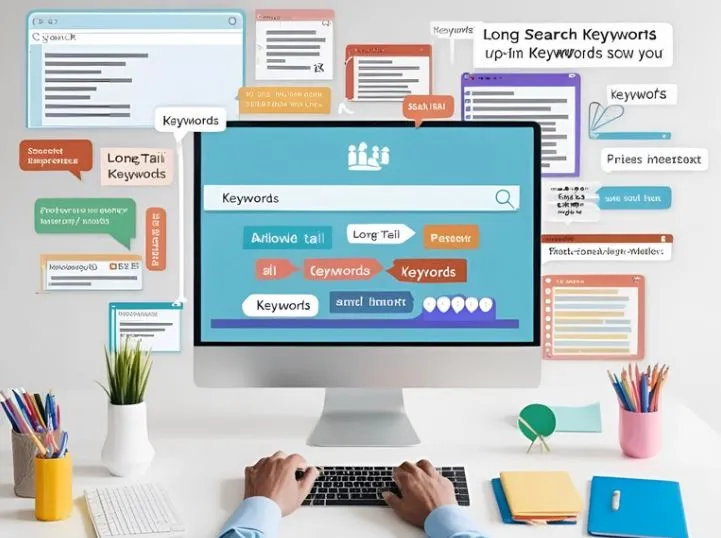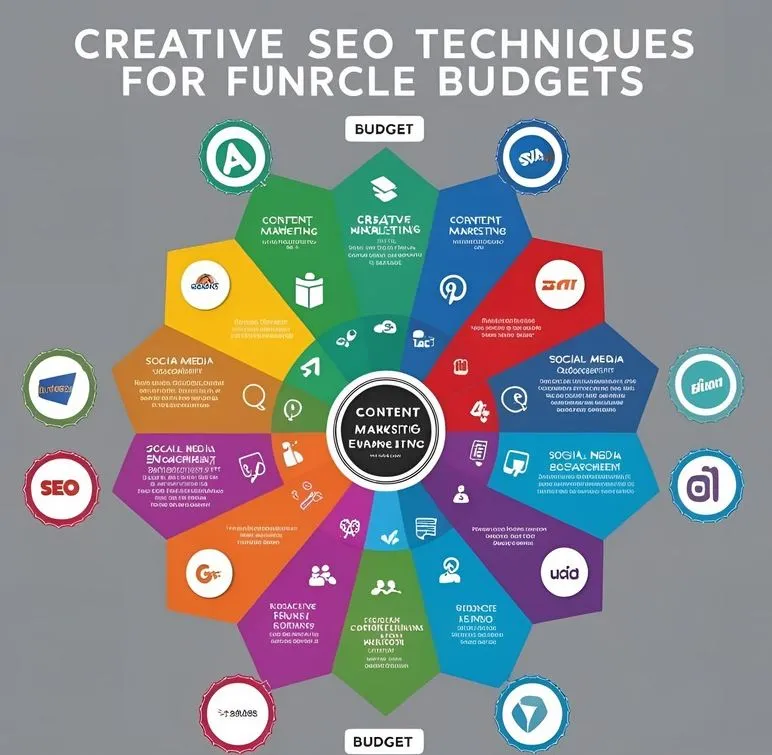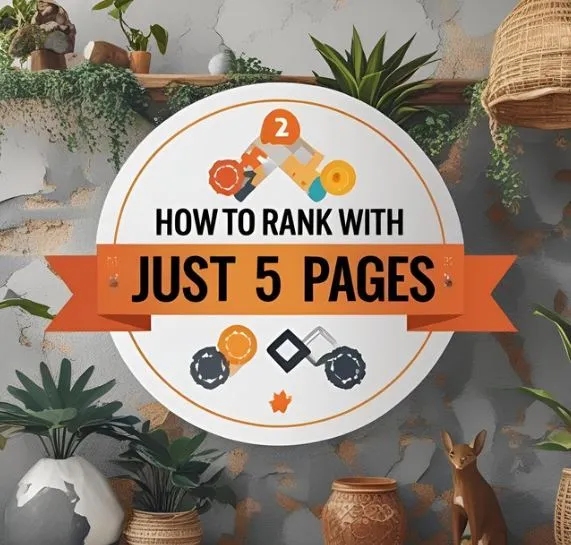
What is Minimum Viable SEO Content?
In the startup world, MVP stands for Minimum Viable Product, the simplest version of a product that delivers value. The same mindset applies to content and SEO.
Minimum Viable SEO Content means building only the essential pages that can start ranking in Google, attract visitors, and validate your niche or product, without writing 50 blog posts or installing bloated SEO plugins.
The 5 Core Pages That Can Rank
1. Homepage with Clear Value Proposition
Your homepage should immediately answer:
Optimize this page for your main keyword and brand name. Keep it fast, mobile-friendly, and scannable.
-
What is your site/tool/product?
-
Who is it for?
-
What problem does it solve?
What Your Homepage Should Answer
1. What is your site/tool/product?
Be clear and concise. One sentence is enough.
Examples:
-
“Lookkle is an SEO tool to analyze websites and spy on competitors’ traffic.”
-
“Taptu helps you test mobile-friendliness of any site in seconds.”
-
“HelloMaazine delivers fun, celebrity gossip with a comedic twist.”
2. Who is it for?
Define your target audience. This helps both conversions and SEO relevance.
Examples:
-
“Built for indie marketers, small agencies, and SEO freelancers.”
-
“Perfect for tech bloggers and developers who care about mobile UX.”
-
“For pop culture lovers who want entertainment with a sense of humor.”
3. What problem does it solve?
Make your value clear. Focus on the user's pain point.
Examples:
-
“Stop guessing your competitors' traffic. Get real SEO insights in one click.”
-
“No more failed Core Web Vitals: check mobile UX instantly.”
-
“Tired of boring celebrity blogs? Laugh your way through Hollywood gossip.”
SEO Optimization Tips for Your Homepage
-
Main keyword in the page title
Example:<title>Lookkle - Free SEO Competitor Analysis Tool</title> -
Strong H1 headline with value proposition
Example:<h1>See What’s Driving Traffic to Any Website</h1> -
Include your brand name in the meta description and footer
-
Use subheadings (
<h2>) to guide the reader
Example: “Why Use Lookkle?”, “Who Is It For?”, “Key Features” -
Add internal links to your blog, product page, and FAQs
-
Mobile-first layout:
Use responsive design, vertical scrolling, and clear CTAs like “Try It Free”
Structure the Above-the-Fold Section
The above-the-fold area (what users see before scrolling) is your homepage’s most valuable space. It should contain:
-
A bold headline (value prop)
-
A short subheading (audience/pain point)
-
A clear call to action (CTA)
-
Optional: Screenshot, hero image, or short demo video
Example layout:
[Headline] → “Analyze Your Competitor’s SEO Strategy in Seconds”
[Subheading] → “Lookkle is a free tool for marketers and small teams who want data, not fluff.”
[CTA Button] → [Start Analyzing] [See How It Works]
[Hero image or screenshot]
2. Product Landing Page
This is where you go deeper:
You want this page to rank for commercial-intent searches.
-
Explain features
-
Include screenshots or demos
-
Add social proof (testimonials, logos, results)
-
Use action-driven keywords like: “best tool for [X]”, “how to [do X] faster”
Rank for Commercial-Intent Keywords
These aren’t just "informational" terms like "what is SEO" — you want queries where the user has purchase intent.
Examples of good commercial keywords:
-
“best SEO tool for small businesses”
-
“how to spy on competitor keywords”
-
“alternative to SEMrush”
-
“SEO audit tool free”
-
“check mobile UX score online”
Tip: Use tools like lOOkkle to find keywords that:
-
Have search volume
-
Low competition
-
Clear purchase or tool-evaluation intent
Explain Features with Context
People don’t just want a list of features, they want to see how those features solve real problems.
Example:
-
Feature: “Keyword Explorer”
-
Benefit-driven: “Find low-competition keywords your competitors are ignoring”
[Competitor Analysis] - Discover your competitors’ top pages - See where their traffic comes from - Compare backlinks & keyword gaps [Keyword Tools] - Get keyword difficulty and volume in 1 click - Filter by buyer intent
Add Screenshots or Product Demos
People trust what they can see. Screenshots build credibility and reduce friction.
Suggestions:
-
Annotated screenshots (with arrows or short notes)
-
Animated GIFs or 10–30 sec video demos
-
Live interactive widget (ex: "Try a demo query")
Example:
→ A GIF showing how a mobile site test returns results in under 3 seconds
Social Proof = Trust + Conversions
Add trust elements like:
-
Testimonials from real users
-
Company logos ("Trusted by...")
-
Case studies or quick stats ("+38% more signups in 2 weeks")
Use Action-Driven SEO Copy
Include long-tail phrases users might search when ready to act:
Examples:
-
“Best tool to analyze SEO competitors in 2025”
-
“How to check mobile performance without Google Search Console”
-
“Affordable SEO tools for freelancers”
Use these in:
-
H1 and H2 headings
-
Meta description
-
Image alt tags
-
Button CTAs (e.g. “Start Free Analysis” vs “Submit”)
3. FAQ or Knowledge Base Page
Create a page that answers real user questions like:
These questions naturally attract long-tail keywords and help build trust.
-
"How does [your tool] work?"
-
"Is [your tool] free or paid?"
-
"What’s the difference between [you] and [competitor]?"
4. Comparison Blog Post
-
Comparison posts rank for high-intent searches: people looking for “X vs Y” or “best tool for [job]” are often ready to decide.
-
Helps your product appear next to (or even above) your competitors in SERPs.
-
Builds trust: instead of pushing your product, you're helping users compare fairly — and showing why your solution wins.
Example Titles. Tool vs Tool” Format:
-
Notion vs Evernote: Which Is Better for Personal Productivity in 2025?
-
Shopify vs WooCommerce: Which Ecommerce Platform Should You Choose?
-
Midjourney vs DALL·E: Best AI Image Generator Compared
These work because people search them right before choosing a tool.
“Top X” Format:
-
Top 5 AI Resume Builders Compared (2025 Edition)
-
3 Best Email Marketing Tools for Small Businesses (With Pros & Cons)
-
Best Grammarly Alternatives for Writers on a Budget
These rank for:
-
"best [tool type]"
-
"alternatives to [popular tool]"
-
"top [X] tools for [problem]"
What to Include in the Post
1. Feature Comparison Table
2. Pros & Cons Section
Example:
Notion – Pros
-
Highly customizable
-
Great for team wikis
Notion – Cons
-
Can feel overwhelming
-
No offline mode
Repeat for each tool. Keep it honest — don’t bash competitors unfairly, or users won’t trust your take.
3. Use Cases or “Who It's For”
Help readers self-select:
-
Use Notion if... you want full flexibility and build-your-own productivity system
-
Use Evernote if... you prefer a focused note-taking app with better offline access
-
Use [Your Tool] if... you need a fast, minimalist setup for solo use
This helps your tool stand out not as better for everyone, but better for the right user.
4. CTAs That Match Intent
At the bottom (and optionally in the middle), invite the user to try your tool — but tailor the CTA to comparison intent.
Examples:
-
“Try [Your Tool] Free for 7 Days — No Sign-Up Required”
-
“See Why [Your Tool] Beats [Competitor] for Solopreneurs”
-
“Switch to [Your Tool] in 3 Minutes – Import Your Data Easily”
Write Neutral SEO-Friendly Intros
Google may favor neutral intros in “vs” posts. Start by showing you understand both tools and that you're helping the reader decide.
Example intro:
If you're choosing between Notion and Evernote in 2025, you're not alone. Both tools are powerful, but they solve different problems. In this post, we’ll compare features, pricing, pros & cons, and help you decide which is better for your workflow.
5. Topic Cluster Post (Long-form Guide)
Pick one major keyword and write a comprehensive guide.
Example:
Add internal links to your homepage and product page. This becomes your SEO anchor.
-
“How to Do SEO Keyword Research Without Paying for Tools”
-
“Beginner’s Guide to Mobile-Friendly Site Testing”
How to Validate Topics with Lookkle
Don’t waste time writing what you think people are searching for. Use Lookkle.com to find topics with proven traffic potential.
Here’s how:
-
Find Competitors: Use Lookkle’s “Top Pages” and “Organic Keywords” to analyze what’s working for sites similar to yours.
-
Check Keyword Intent: Look for informational vs. commercial keywords.
-
Validate Volume vs. Competition: Choose topics with decent search volume but low competition.
-
Create a Page Plan: Build your 5-page structure around these validated topics.
How to Optimize Without Heavy Plugins
SEO doesn’t require 15 plugins. Here’s a lightweight approach that works:
-
Use clean, semantic HTML: Use
<h1>,<h2>,<section>, and<article>tags properly. -
Set meta tags manually: Title, meta description, and Open Graph can be added via your theme or in the HTML.
-
Optimize images: Use WebP or compressed JPEGs. Add
altattributes. -
Internal linking: Link your blog posts to your product page and homepage.
-
Use a sitemap: Create a basic XML sitemap (manually or with a generator) and submit it to Google Search Console.
-
Page speed: Use lightweight themes and avoid scripts you don’t need.
This approach keeps your site fast, easy to maintain, and more secure.
Tips on SEO and Online Business
Next Articles
Previous Articles
